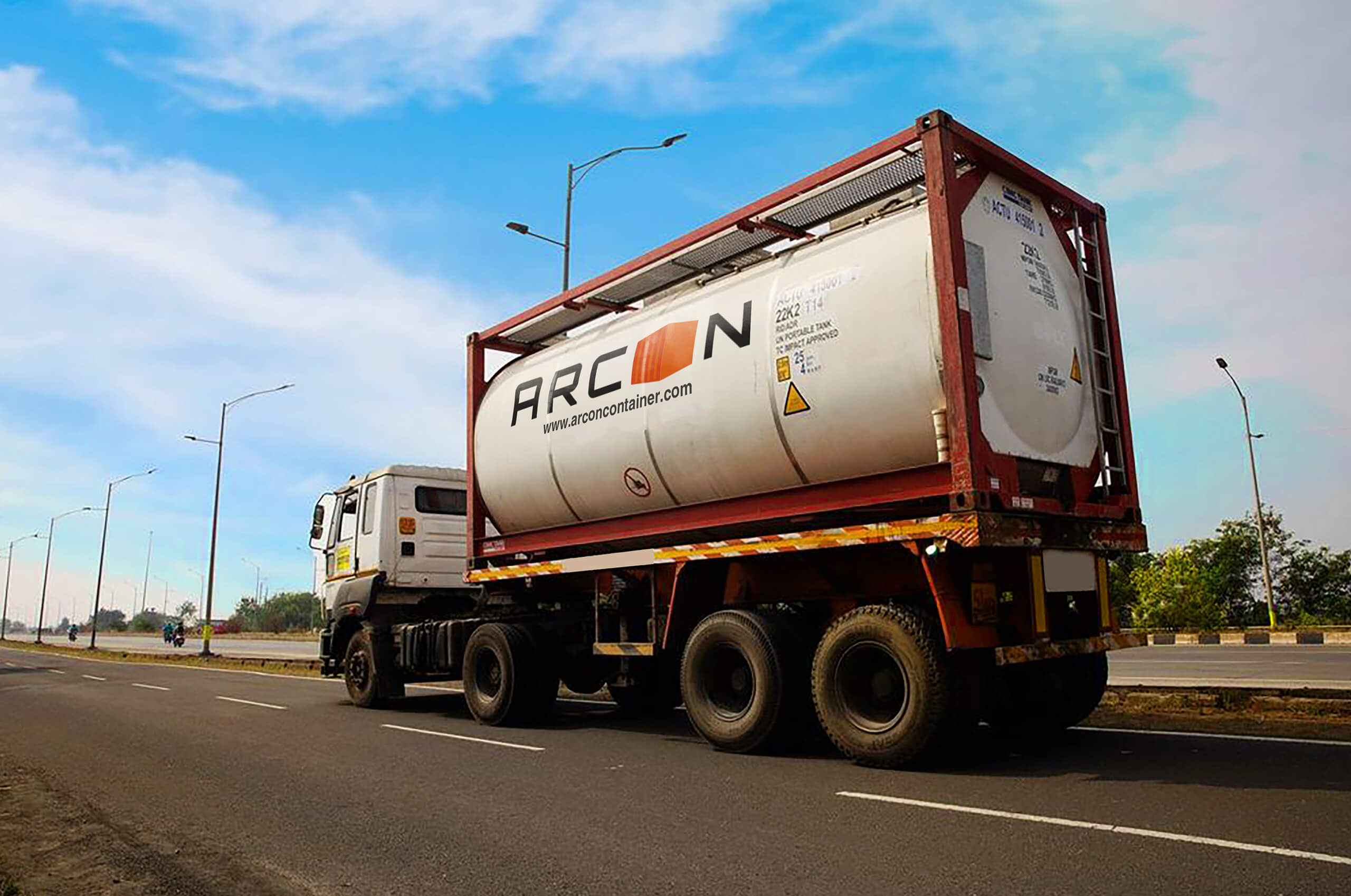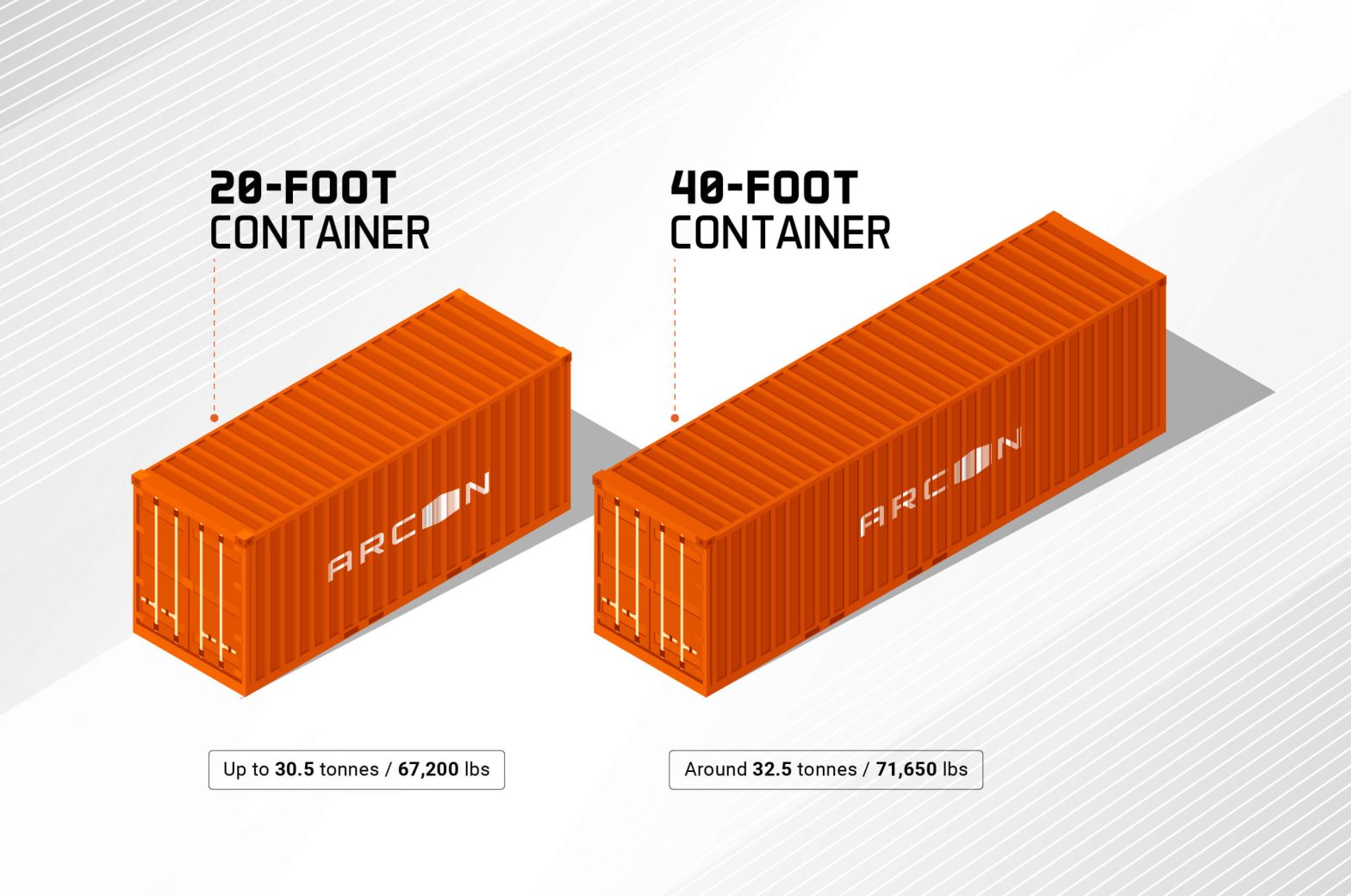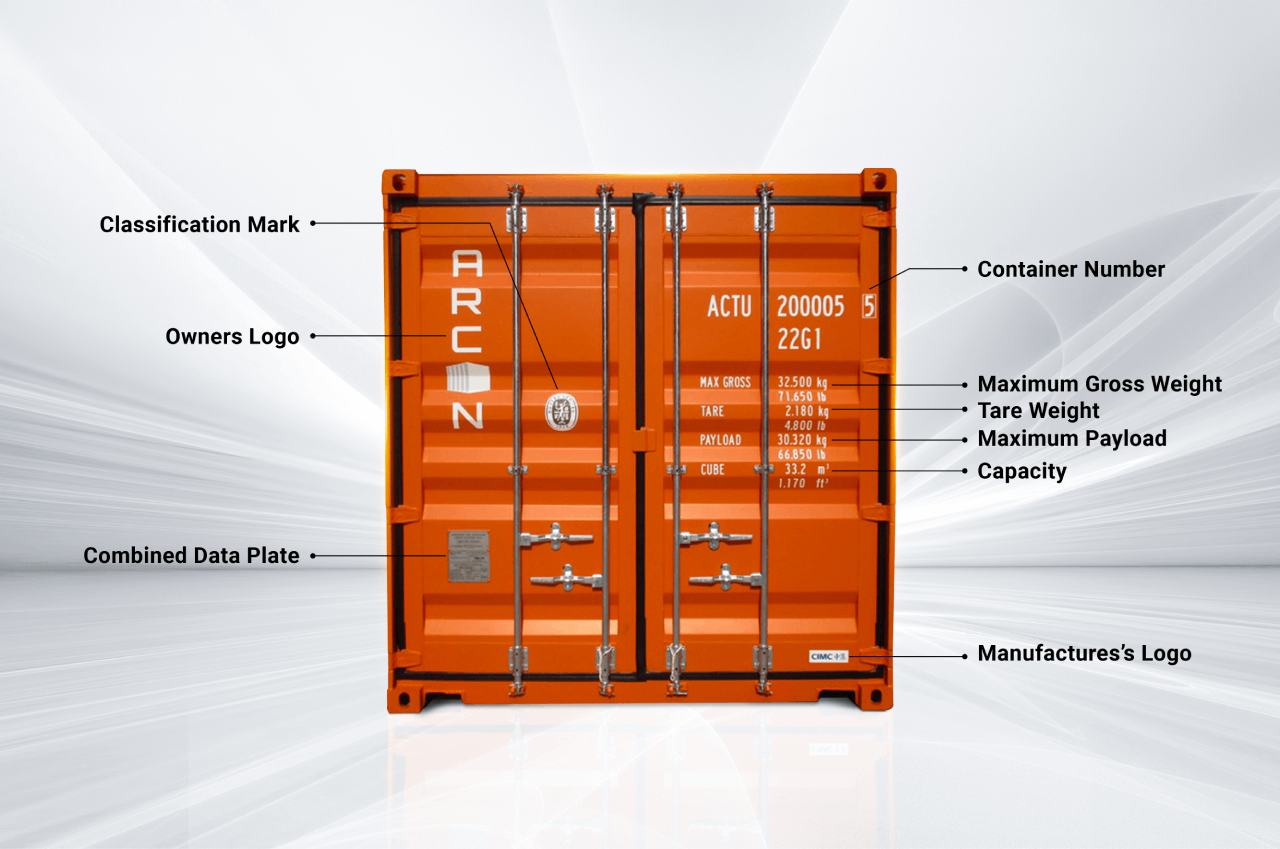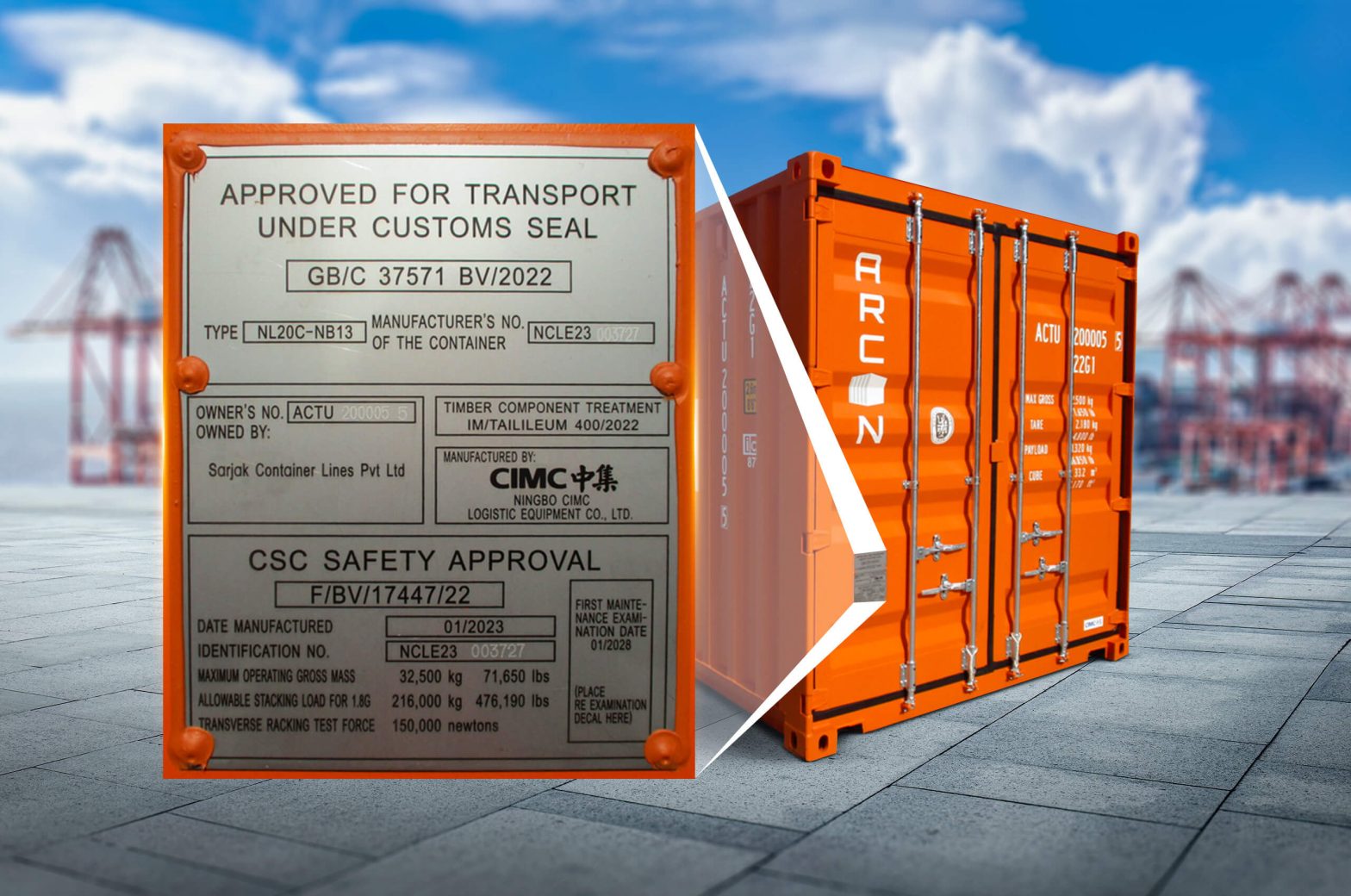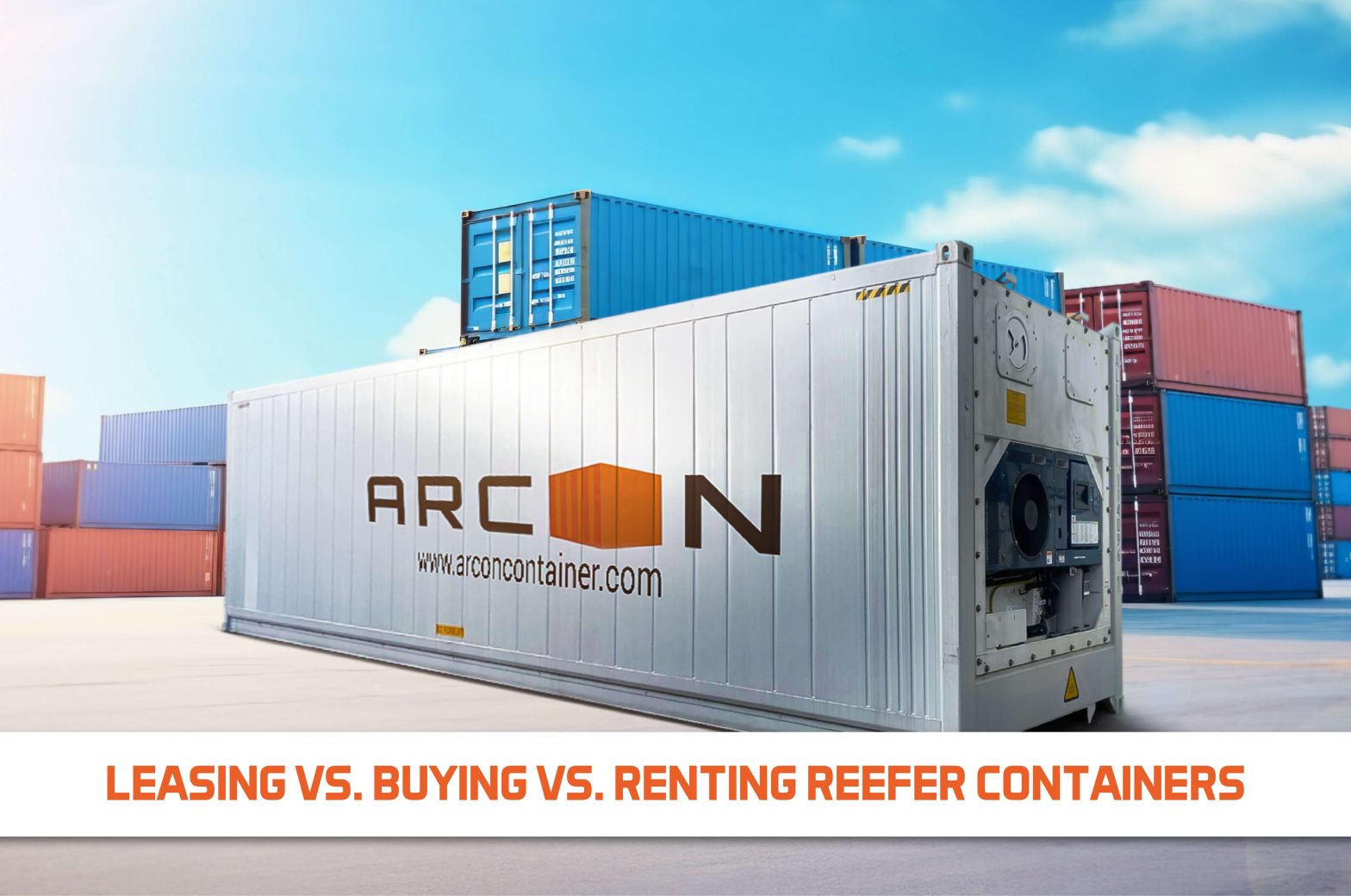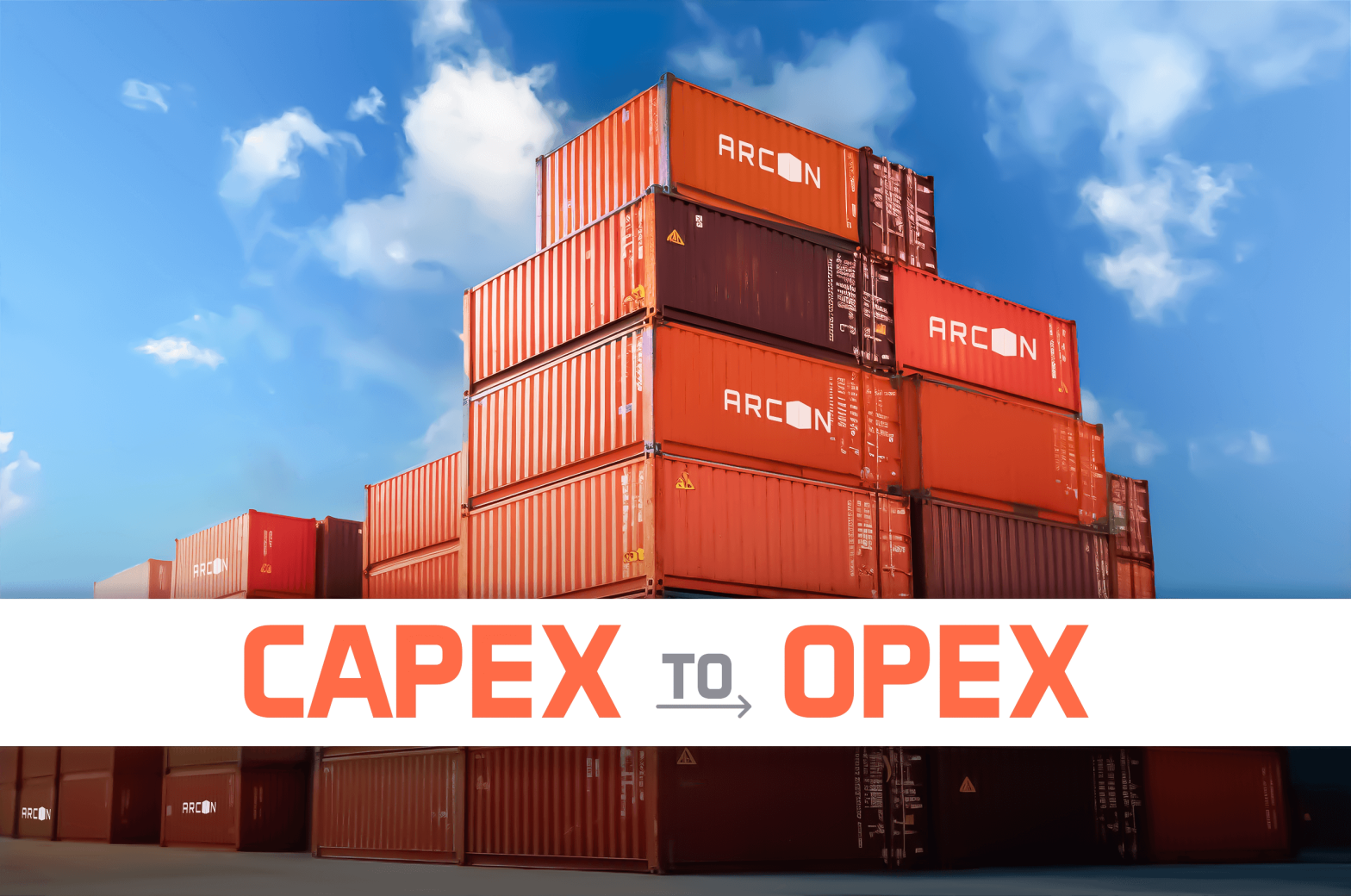ISO tank containers are specialised containers designed for the safe, efficient transport of liquids, gases, and powders, both hazardous and non-hazardous. Their standardisation and durability make them ideal for intermodal transportation across various modes like ships, trains, and trucks. In this guide, we will delve into the types of ISO tank containers available and their dimensions, highlighting their advantages for different industries.
Types of ISO Tank Containers
ISO tank containers come in several types, each suited for specific cargo requirements:
- T1 ISO Tank Container : Used for transporting wine and light liquids.
- T4 ISO Tank Container : Ideal for non-hazardous edible and non-edible oils.
- T11 ISO Tank Container : Commonly used for non-hazardous chemicals.
- T14 ISO Tank Container : Suitable for hazardous chemicals and acids like HCL and zinc chloride.
- T50 ISO Tank Container : Designed for gases such as LPG and ammonia.
- T75 ISO Tank Container : Used for cryogenic gases.
These ISO tank container types ensure that there is a suitable option for nearly any kind of liquid, gas, or powder transport need, providing flexibility and efficiency in logistics operations.
ISO Tank Container Dimensions
ISO tank containers come in standard sizes, typically 20 feet and 40 feet, making them suitable for intermodal transportation.
20 ft ISO Tank Container Dimensions:
The 20 ft ISO tank container is the most commonly used type. It has a capacity ranging from 21,000 to 26,000 litres, a gross weight of up to 36,000 kg, and a tear weight (the weight of the empty container) between 3,650 to 4,060 kg. These dimensions and capacities make the 20 ft ISO tank container highly versatile for transporting various liquid cargo, including chemicals, food-grade products, and more.
40 ft ISO Tank Container Dimensions:
On the other hand, the 40 ft ISO tank container is designed for larger loads, providing more flexibility for different types of cargo. These containers share similar capacities with their 20 ft counterparts but are built to handle heavier and bulkier shipments. The larger size allows for more efficient transportation of goods, reducing the need for multiple shipments and lowering overall transport costs.
Both 20 ft and 40 ft ISO tank containers meet international standards for safety and quality, ensuring reliable and secure transport of goods across various modes of transportation, including ships, trains, and trucks.
Advantages of ISO Tank Containers
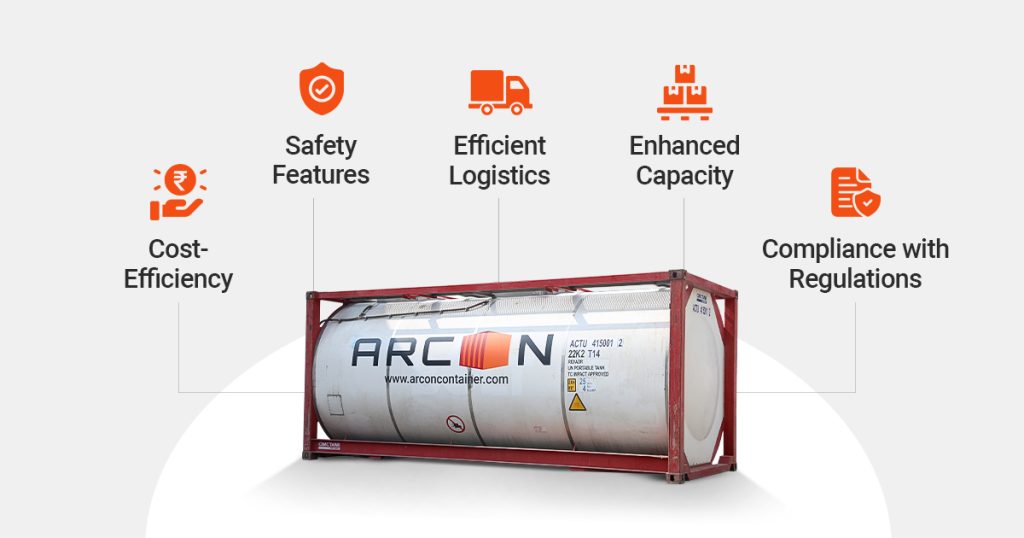
ISO tank containers offer numerous benefits, making them a preferred choice for transporting various liquids and gases. Here are some of the key advantages:
Cost-Efficiency : ISO tank containers provide a cost-effective solution for transporting bulk liquids. They are designed to be easily moved between ships, rail, and trucks, which reduces handling and storage costs significantly. For instance, they can reduce shipping costs by up to 30% compared to over-the-road tankers.
Safety Features : These containers are built to stringent ISO standards, ensuring the secure transport of hazardous and non-hazardous materials. Features like reinforced walls, safety valves, and protective linings prevent leaks and spills, thereby enhancing safety during transport.
Efficient Logistics : Their standardised design allows for seamless intermodal transportation. ISO tanks can be easily transferred between different modes of transport without the need for unloading and reloading, streamlining the logistics process and reducing downtime.
Enhanced Capacity : ISO tank containers often have a larger capacity compared to traditional barrels and drums, which means fewer containers are needed for the same volume of product, reducing overall transport costs and handling efforts.
Compliance with Regulations : These containers comply with international safety and quality standards, such as the International Maritime Dangerous Goods Code (IMDG) and ISO certifications. This compliance ensures that the containers are suitable for global transportation, meeting the necessary regulatory requirements.
Applications of ISO Tank Containers
Here are some of the major applications of ISO Tank Containers:
Transport of Chemicals : Used for safely transporting hazardous and non-hazardous chemicals in bulk, complying with international safety standards.
Food-Grade Liquid Transportation : Ideal for transporting food-grade liquids such as edible oils, fruit juices, and wine, ensuring products remain uncontaminated.
Gases and Cryogenic Liquids : Designed to carry gases like LPG and ammonia, and cryogenic liquids such as liquid nitrogen and oxygen, offering high safety and efficiency.
Pharmaceuticals : Employed to transport pharmaceutical products that require stringent handling conditions to maintain efficacy and safety.
To Sum Up
ISO tank containers are vital in logistics, offering versatile, safe, and cost-effective transport for liquids, gases, and powders. Understanding their types, dimensions, and advantages helps businesses optimise transportation strategies and improve operational efficiency.
Our ISO tank containers at ARCON Container are an ideal choice for your 20 ft and 40 ft container needs. Our containers meet all ISO standards and come with the necessary CSC certification required for clearance by authorities. Additionally, our global inspection system ensures that you receive top-quality equipment.
For top-quality ISO tank containers that meet all your container needs, contact us at sales@arconcontainer.com.


